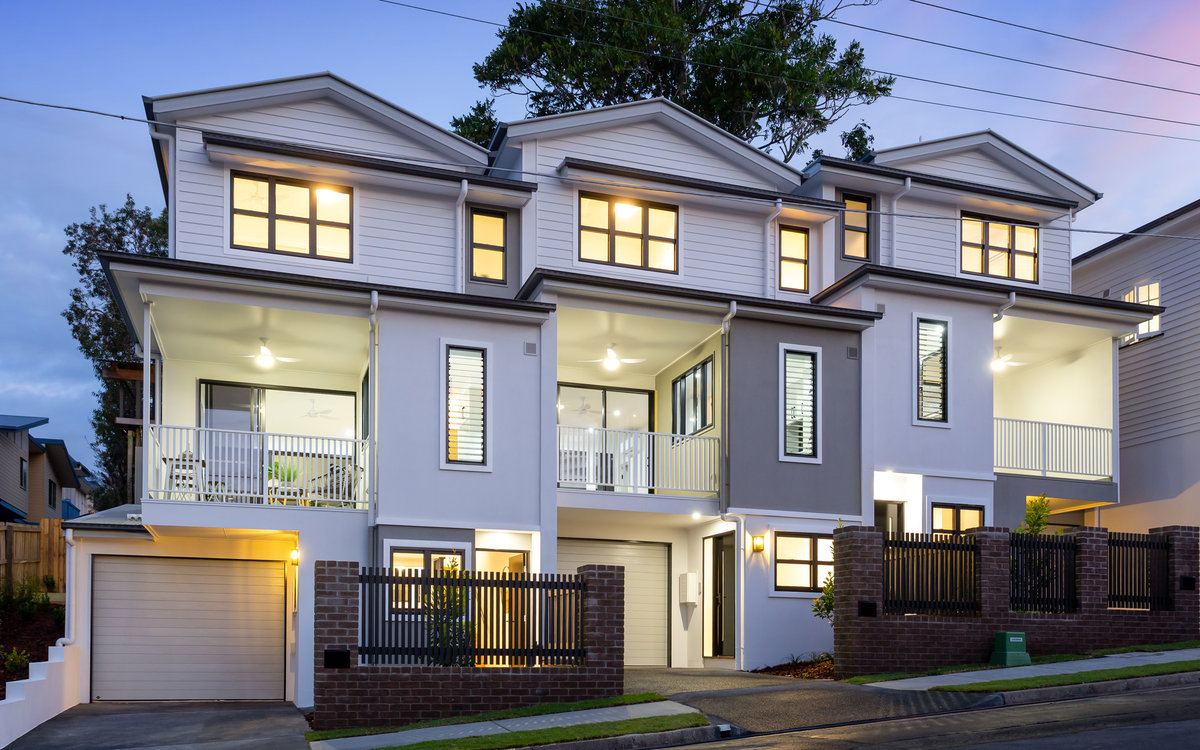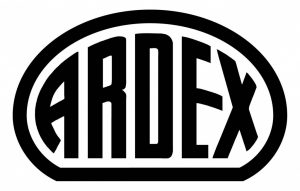Gyprock Party Wall Systems
Gyprock Party Wall Systems are designed to provide a separating wall between dwellings that are side-by-side such as town houses. The systems feature discontinuous construction and offer acoustic performance to a standard of Rw+Ctr 50.
The systems are also fire resistant (FRL 60/60/60) and offer the added benefit of design freedom – achieved with double load bearing walls (when supporting non-fire rated structures only). The design allows services including water and electricity to be run within the wall frame, without affecting the system’s performance.
Gyprock Party Wall systems offer the ideal combination of acoustic and fire-resistant performance, with efficient installation and design flexibility.
Fire Resistance
When designed and installed in accordance with the details in the Gyprock Party Wall Intertenancy Wall Systems for Class 1 Buildings Installation Guide, these systems are fire resistant.
With unique aluminium clips, Gyprock Party Wall systems are designed to allow one side to collapse and fall away, leaving the central barrier and the opposing wall in place. This removes the direct threat of fire transfer and maintains protection to the remaining dwelling.
In areas such as the roof space and between floor and ceiling where there are no stud linings, 16mm Fyrchek™ plasterboard is laminated to the Shaft Liner to maintain the rating.
Acoustic Performance
Noise in Class 1 buildings may be airborne, such as voices and music, or it may be a result of impact, such as cupboard doors and footsteps. The path of the sound may be direct through a wall or floor, or indirect through the surrounding structure known as flanking transmission. Acoustic separation is a key factor in ensuring the comfort of building occupants.
The cavity insulation and lining options of Gyprock Party Wall systems meet or exceed the BCA minimum acoustic requirements for Class 1 buildings of Rw+Ctr 50.
The basis of the acoustic performance is a double cavity system designed so that services such as switches, light fittings and pipes can be installed in the Party Wall without the need for acoustic sealants.
Typical Installation Sequence
A typical construction sequence consists of installation of framing for an occupancy on one or more levels, installation of the Party Wall central barrier, and installation of the second occupancy framing. An alternative sequence is to erect framing for both occupancies and then to insert the Party Wall central barrier. In this case sufficient access must be provided to install all wall components by, for example, temporarily omitting some framing.
Product Enquiry
Would you like to know more about this product? Please fill out the form below and one of our freindly team members will get back to you shortly.













